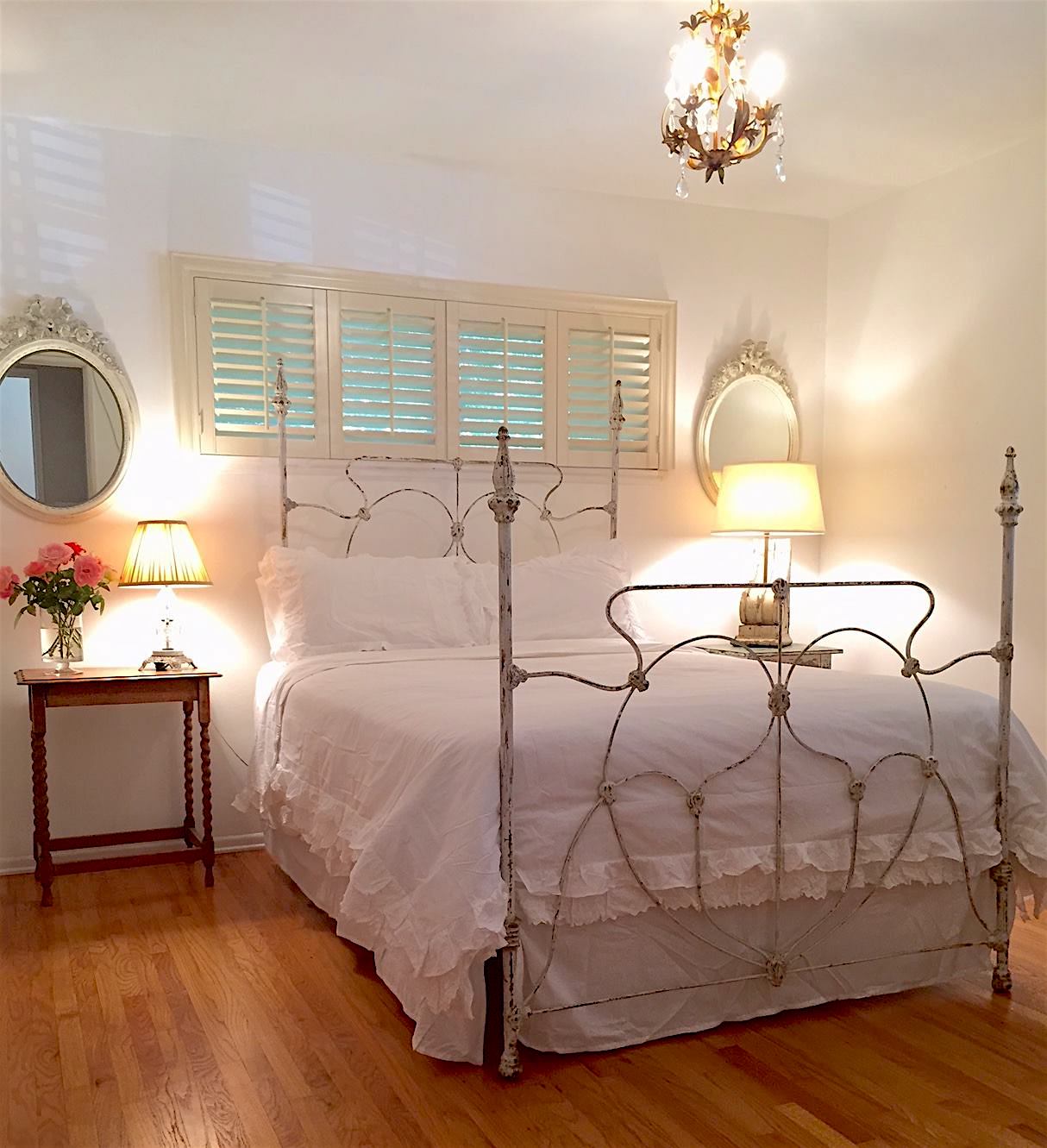The “Four Poster” iron beds were a variation of the popular “Canopy” beds of the 1800s. Interestingly, canopy beds were not made in the United States during that time, but were instead common throughout Europe. It’s unclear why the United States did not follow this design trend, but it’s possible that the design community in Europe did not hold our country in high regard at the time. However, the “Four Poster” iron beds became very popular in the United States during the late 1800s.
The reason behind the practicality of canopy beds is not commonly known. Canopy beds were invented for two practical reasons. Firstly, they provided a degree of privacy for families who all slept in the same room. Landowners did not always have separate bedrooms, so curtains or panels were attached to all four sides of the canopy to ensure that no one could see in. In addition, the large material panel on the top of the canopy was there to catch any twigs or dirt that fell from the thatched roofs, which were not always perfect, and to prevent rodents from dropping into the bed.
Secondly, canopy beds were also important for warmth. During that time, homes did not have the sophisticated heaters we have today. At best, there would be a large fireplace for the entire room. Beds were positioned close to the fire, and canopy beds with the material panels that encased them helped to insulate the occupants from cold drafts and retain the body heat of those in the bed.
In conclusion, the popularity of “Four Poster” iron beds in the United States was a variation of the practical and popular canopy beds of the 1800s. These beds provided a degree of privacy and warmth, which were essential elements in homes during that era.







